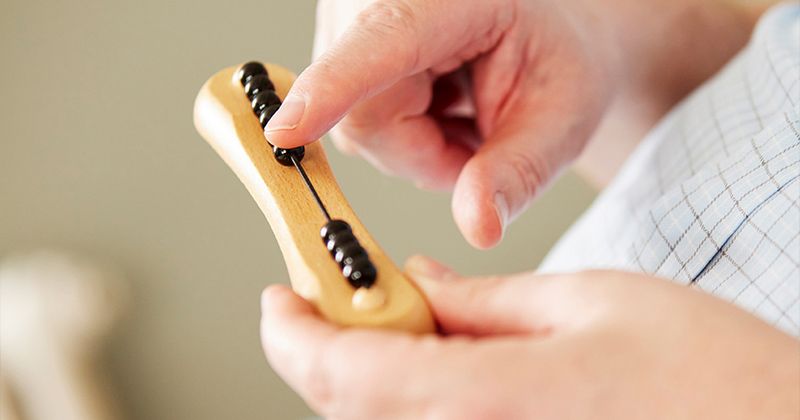Hydration is crucial year-round, particularly for older adults and those with cognitive impairments. This article offers strategies to keep your loved ones hydrated, including providing dive...

When Time Falls Back: How Caregivers Can Ease the Transition
by Valerie Larochelle, CEO and Co-founder of Eugeria
5-minute read
Why The Time Change Affects Older Adults
Our internal “body clock” relies on light to regulate when we sleep, eat, and feel alert. When daylight saving time ends, the sudan change in light cues can confuse this rhythm.
For older adults, this shift can mean:
- Disrupted sleep - waking up too early or feeling sleepy by late afternoon
- Mood changes - less daylight may lower energy or increase irritability
- Heightened confusion - darker evenings can intensify sundowning, when people living with dementia feel anxious or disoriented at dusk.
These effects are even more noticeable in northern regions, like the northern United States or Canada, where daylight hours drop sharply in late fall and winter. The combination of early sunsets and limited sunlight exposure can make it harder to stay oriented, especially for people who spend much of their time indoors.
For some people living with dementia, this confusion and agitation toward the end of the day are part of what’s known as sundowning syndrome, a pattern of increased restlessness in the late afternoon or evening. The earlier sunsets that come with the time change can make these moments more frequent.
👉 Learn more about what causes sundowning and how to respond with compassion in our article What Is Sundowning Syndrome?.
Understanding these effects can help caregivers prepare and respond with empathy rather than frustration.
How Caregivers Can Help Ease the Transition
- Adjust Routines Gradually: A few days before the time change, shift key activities like meals, bedtime or medication reminders by 10 to 15 minutes each day. This helps the body adjust without feeling off-balance.
- Bring in Morning Light: Encourage exposure to bright light early in the day. Open curtains, have breakfast near a sunny window or enjoy a brief walk outdoors if possible. Morning light helps reset the body’s internal rhythm and lifts the mood.
- Keep Evenings Bright and Calm: As the sun sets earlier, switch on warm lights indoors before it gets dark. Avoid harsh contrasts between light and shadow, which can trigger confusion. Soft lighting supports relaxation and a smooth transition to nighttime.
- Stick to Familiar Patterns: Predictability is comforting. Keep daily anchors such as mealtimes, TV shows, or phone calls at consistent times. Familiar rhythms help orient the day and maintain a sense of normalcy.
- Use Clear Time Cues: A large, easy-to-read clock that shows the time of day can make a big difference. The Idem Clock, for example, displays not only the hour but also the time of day (Morning, Noon, Afternoon, Evening or Night). This helps older adults stay oriented, even when daylight outside doesn’t match what they expect.
- Offer Reassurance, Not Correction: If your loved one feels confused, and asks questions like “Why is it dark already?”, acknowledge the feeling gently: “Yes, the days are getting shorter now. It’s the time change, but our day is still the same.” Validation builds calm, while correction can increase anxiety.
Support Overall Wellbeing
Even beyond the first week, shorter days can affect energy and mood. You can help by:
- Keeping curtains open during daylight hours
- Scheduling enjoyable activities before dusk
- Encouraging gentle movement indoors
- Maintaining social contact, even virtually
Small touches, like music, shared meals, or an evening tea under a cozy lamp, can help preserve a comforting sense of routine and connection.
When to Seek Extra Help
If changes in sleep, appetite, or mood last longer than a week, talk with a healthcare provider. Light therapy, medication adjustments, or routine reviews can make a difference.
As the days grow shorter, consistency becomes a form of care. Keeping daily routines steady, spaces well lit and reassurance close at hand can help older adults feel safe and grounded. With small, thoughtful actions, caregivers can turn this seasonal transition into a gentle reminder that comfort often comes from the familiar, even when time itself shifts.



